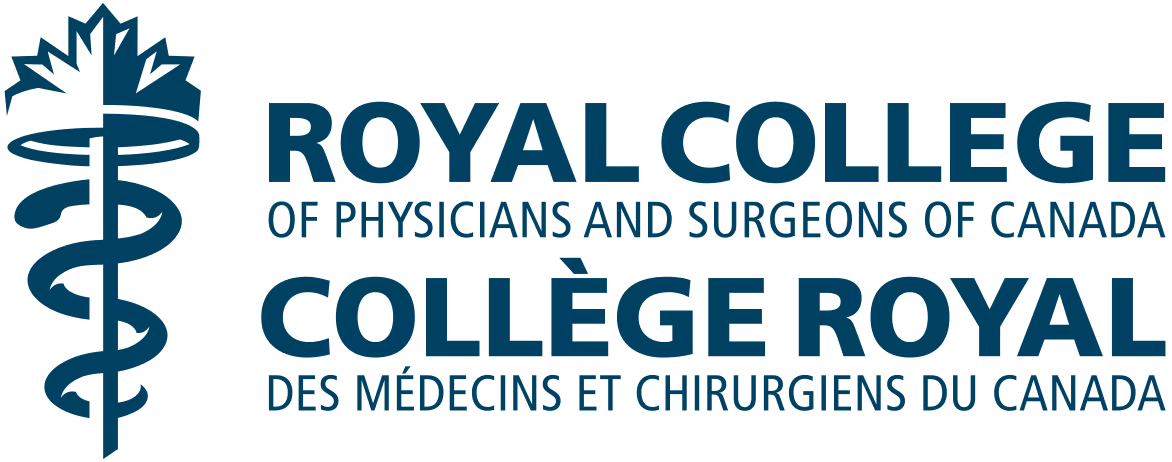Keloid Scar Removal in Toronto
A keloid scar, often simply called a keloid, is a unique type of scarring that forms when the body produces excess scar tissue during the healing process. Unlike normal scars that closely match the boundaries of the original wound, keloids extend beyond the initial injury site, becoming larger than the wound that caused them. These smooth, hard, benign (non-cancerous) growths result from an overproduction of collagen, leading to thick, raised scars that can be both unsightly and uncomfortable.
Characteristics and Common Locations
Keloids typically appear dark, puffy, and irregularly shaped. They can cause physical discomfort, including itching, pain, and sensitivity, and may impact one’s self-esteem, especially when they form in visible areas. Common body parts where keloids frequently develop include:
- Shoulders
- Upper chest and back
- Breastbone
- Earlobes
- Face
Their appearance and size can vary, but they often stand out due to their raised, bumpy texture and darker color compared to surrounding skin.
Causes of Keloids
Keloids can be triggered by various factors, including:
- Injuries or Surgery: Cuts, surgical incisions, or trauma to the skin can sometimes lead to keloid formation.
- Piercings: Ear piercings and other body piercings are common causes, particularly on earlobes.
- Genetics: A family history of keloids increases the likelihood of developing them, indicating a genetic predisposition.
- Skin Conditions: Certain skin conditions or inflammatory processes can also prompt keloid development.
While keloids are not cancerous, their formation is unpredictable. They may grow back even after removal, particularly if the underlying cause—such as surgery, injury, or piercing—recurs.
Emotional and Physical Impact
Besides physical discomfort, keloid scars can affect emotional well-being. Their noticeable appearance in visible areas can lead to self-consciousness, reduced confidence, and emotional distress.
Prevention and Post-Surgery Measures
After keloid removal or even initial wound healing, several post-surgery measures can help prevent keloids from forming again:
- Silicone Gel Sheets: Applying silicone sheets to the healing area can reduce scar formation.
- Pressure Therapy: Using pressure garments or bandages helps flatten the scar.
- Steroid Injections: Post-removal steroid injections into the scar may reduce inflammation and recurrence.
- Sun Protection: Protecting scars from sun exposure prevents darkening and further irritation.
Keloid Scar Removal in Toronto at TMSC
If you're concerned about keloid scars, The Minor Surgery Center (TMSC) offers expert treatment options. Our team of experienced, board-certified surgeons specializes in keloid scar removal and has helped numerous patients regain their confidence and comfort. With over 15,000 combined surgeries performed, our surgeons are among Ontario's leading experts in microsurgery.
At TMSC, we understand the unique challenges keloids present. Our approach to keloid scar removal in Toronto, Vaughan, Mississauga & Oakville is tailored to each patient, aiming not only to remove unsightly scars but also to minimize the chance of recurrence and ensure the smallest possible scarring. Using advanced techniques and personalized care plans, we help patients manage keloid scars effectively while restoring both appearance and self-esteem.





